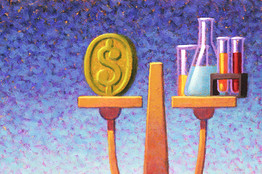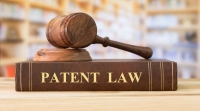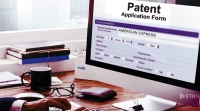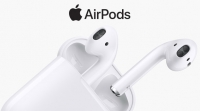Over the past year or so, the pharmaceutical industry has tried to leave the patent cliff behind and persuade investors to focus on their product pipelines. But sorting out which drug makers are most likely to capitalize as they grapple with generic competition and seek regulatory approvals can be difficult.
In a bid to provide some clarity, Moody’s Investors Services examined the pipelines and looming patent expirations at 16 large drug makers and, not surprisingly, found that some are doing better than others. Of course, direct correlations can be hard to come by – just because a drug maker has a strong pipeline does not mean the same company does not also face a notable patent expiration.
“Across the board, the industry has generally improved its pipeline, notably for specialty diseases and oncology,” says Michael Levesque, a Moody’s senior vice president, tells us. “But the exposure to patent expirations is still there, and some companies are worse off, because some of them have branded biologic blockbusters that are vulnerable. Overall, though, the industry is a bit better off than 18 months ago.”
Drilling down a bit, patent expirations continue to be an issue for Bristol-Myers BMY -1.37% and AstraZeneca AZN.LN -0.59%, for instance, which have between 30% and 40% of their sales at risk. The Ability antipsychotic sold by Bristol-Myers was one example cited, while AstraZeneca faces patent protection for its Crestor cholesterol pill. Novo Nordisk NVO -0.85%, Amgen AMGN -0.92%, Pfizer PFE -0.30%, Merck and Eli Lilly LLY -1.07% all have higher overall exposure to expiring patents coming up than in 2013, the last time that the ratings firm examined these issues.
“In most of these cases, the erosion relates to biotech products that are now closer to the possibility of biosimilar competition,” the Moody’s analysts write in a new report. The $16 billion that Pfizer will pay for Hospira, by the way, will not “move the needle much,” Moody’s Levesque tells us. Why? Several large sellers, such as the Celebrex painkiller, face generic competition in Europe.
Conversely, Biogen Idec BIIB -1.27%, Roche and Johnson & Johnson JNJ -1.31% were deemed to have “very low exposure” to significant patent expirations. Meanwhile, Celgene, GlaxoSmithKline, Novartis and Sanofi all have what Moody’s determined is low exposure, a less serious level.
As for assessing product pipelines, Moody’s reports that Bristol-Myers and Lilly have the strongest late-stage pipelines relative to their revenue bases. The ratings firm cited oncology as a key driver for both companies, notably Bristol-Myers, but also pointed to new diabetes and rheumatoid arthritis treatments, among others, that Lilly may get to the marketplace over the next year or so.
Four drug makers – Lilly, Amgen, Merck and AstraZeneca – have stronger overall pipelines, with AstraZeneca showing the largest improvement.
At the same time, Moody’s cited Novo Nordisk and J&J as having “comparably weaker” pipelines. However, we should note that Moody’s assessed the entire revenue base for each company, including other types of businesses. This helps to explain why the assessment for a large, diversified company such as J&J ranked somewhat low.
For the record, Moody’s measured pipelines relative to revenues because the firm assessed the degree to which late-stage pipelines have the potential to produce healthy revenue growth. Specifically, revenue was based on “peak sales” estimates for each drug. And peak sales were defined as estimated annual sales five to seven years after launch. Moody’s also considered innovation, competition, development risk, likely time frame to regulatory approval, and diversity within each pipeline.
Two biotechs – Biogen Idec and Gilead Sciences GILD -0.59% – were deemed to have weaker pipelines, because both launched high-profile drugs since Moody’s last undertook this exercise in 2013. Biogen launched the Tecfidera multiple sclerosis medication, while Gilead launched two hepatitis C treatments.
Pfizer is also considered to have a weaker pipeline, although its Hospira deal alters the picture somewhat. “The Hospira pipeline improves Pfizer’s pipeline, mainly because of the biosimilar projects in development at Hospira,” Levesque tells us. “The other advantage for Pfizer in acquiring Hospira’s pipeline is that it may help Pfizer’s global established pharma unit turn from revenue contraction to revenue growth in a few years.
“That being said, we are keeping the same broad score for Pfizer’s pipeline because the improvement isn’t enough to move Pfizer to the next higher category,” he explains. “We look at each company’s pipeline relative to the revenue base. When we add Hospira’s pipeline and Hospira’s revenue, it improves our assessment for Pfizer, but not enough to change the category.”
Source: wsj.com











